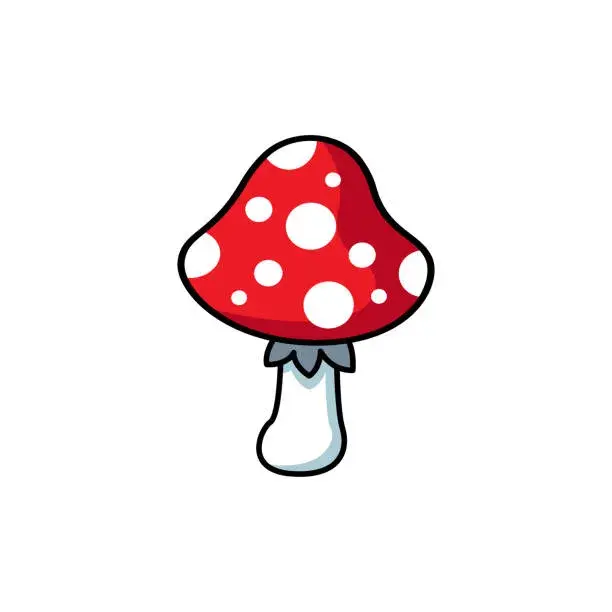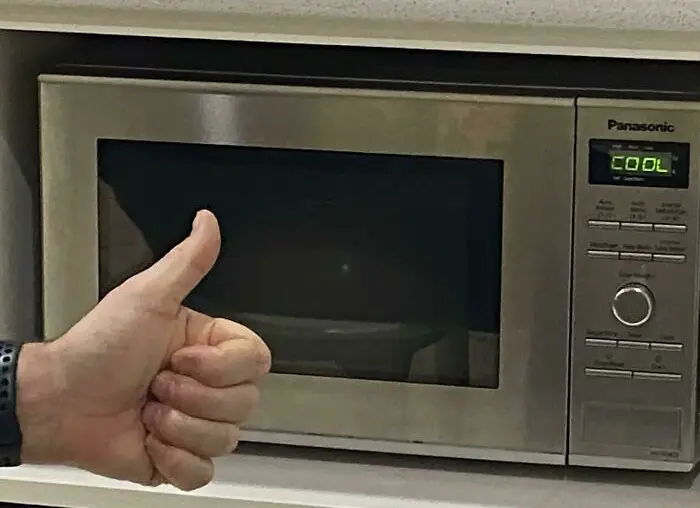- cross-posted to:
- hydroponics@slrpnk.net
- cross-posted to:
- hydroponics@slrpnk.net
cross-posted from: https://slrpnk.net/post/17801651
Hey all,
I’ve been using my fertilizer now for a year, and it’s the only one I’ve used up until now, because I alway was satisfied with it, because it’s both very inexpensive and well formulated imo.
I’m using the Masterblend set, with the solutions pre-mixed for short term use.
I have mixed two “stock solution” bottles, which last me a few months in winter (only for houseplants and my small indoor grow tent) and a few weeks in summer (balcony gardening + house plants).
You can see the ingredients on the bottles on the picture:
They are always stored in complete darkness.
And then I have a diluted solution, with an EC of about 3-4 mS and a low pH, which I adapted to exactly match my tap water and houseplants when diluted to ~1/3. This pre-mix lasts me a few days maximum.
I’ve already noticed a few floaters in summer here and there, but didn’t mind them too much. They looked like small jellyfish or something floating around, but I thought that they might be some precipitation from minerals or whatever.
They got a bit more after some time, and a few weeks ago, I soaked everything in hot bleach water and mixed everything from scratch, because I already had the feeling that those might be amoebae or other microorganisms.
But now, everything is way worse. Just take a look:
Those specs are even in the normal nutrient solution!
A few of my plants have a reoccurring spring tail “infestation”. More like constant house mates.
I even got the chance to take a picture of them fucking. I feel like a pervert now...
No wonder they have such a good time. They’re probably feasting on those mold specs. They’re pretty much harmless and easy to manage, so I just don’t care as much.
Anyway… What I wanted to ask you: What shall I do? Desinfecting clearly doesn’t work.
The root cause seems to be the water. If I wouldn’t pre-dissolve everything, nothing would get moldy.
But of course, I need it to be in a liquid form for proper handling. Other fertilizer manufacturers are able to manage this too, so why can’t I?
Shall I add preservatives to the concentrate, like Isothiazolinones?
Or should I just switch to another fertilizer? If so, which one would you recommend, that is also cheap?
i am not into gardening much, but your photos look great. You seem to have a good microscope, maybe you can buy some stains (not very expensive unless you buy good stuff to quantise) and even do some charecterisation.
From what I got, you have a mildly basic master batch, which you dilute. Regular tap water should not have a pH more than 9-10, and if you want the final batch to be neutral, then you need your master batch to have a pH of roughly 3-4. Since you have a mostly basic master batch (kOH in reasonable concentration alone would make it 13+). Most other salts would be mostly neutral. I dont know what phosphorus form you are using, if its phosphorus oxide (P2O3 or P2O5, though latter is very unlikely) then mildly acidic, if Calcium phosphate then mildly basic. If you target for a pH of 8-9 or plants (I dont think any higher would be suitable, though depends on plants, can you check for any residue (salts) on plant parts, if so, your stuff is way to basic).
Getting back on point, purely to get rid of any live growth, you can add anything which generates free radicals (peroxides (hydrogen, or sodium or potassium), or iodine (you can get tinctures), or even ozone (you can buy ozonator, somewhat expensive), or if you want to set something up, just perform some electrolysis in portions of master batch, but please ensure you don’t inhale stuff. And electrolysis will make system more basic.
My bigger question is, is this growth really problematic or not, if plant health is not getting hampered, i would not actually do anything, and maybe add some small amount of worms (if in soil, then even earth worms work). They can feed on this growth, and help in tilling.
Again, I am a gardening noob, and not a chemist, so what I may have said may as well be shit, please feel free to correct me.
i am not into gardening much, but your photos look great. You seem to have a good microscope, maybe you can buy some stains (not very expensive unless you buy good stuff to quantise) and even do some charecterisation.
Thanks! 💚 Most of the pictures were just shot in macro mode on my phone, I’m a bit ashamed to admit it 😄
But I do have a microscope too, and the pics of the springtails were shot with it.What stains do you recommend?
I believe I have Methylene blue lying around somewhere, maybe that might be useful for a living-dead-characterization?But to be honest, I didn’t think much about looking up the stuff under the microscope, because I was pretty sure it was mold. I think you can even see the hyphae on the colony on the picture.
From what I got, you have a mildly basic master batch, which you dilute.
My fertiliser is a two-part solution. I mix them with demineralised water, and the final diluted solution has a pH of 6,2-ish, without pH adjuster. But I didn’t test it with the part A solution, which is the one that got moldy. It is probably moderately acidic.
[…] Adding Peroxide/ other oxidizers
Not a big fan of that idea. On the first glance it makes sense, but my arguments against that are:
- I highly doubt that the fertilizer is resistant against bleach. There are quite a few chelated minerals in it, and I’m sure that they will get destroyed or at least precipitate out of solution. And
- Even though mycorrhizae (and bacteria) are not remotely as important in hydroponics as they are in soil, I still highly value a healthy ecosystem of healthy microbes, that keep the bad guys at bay. If I add a oxidizing agent to the nutrient solution, it will kill a lot, mainly the good guys. And then bad things, like root rot, happen.
I’m now trying to mitigate that problem by pressure cooking small batches (a bunch of 200 ml bottles instead of 1 liter) and keeping them sealed until use, which will only last a week or so until used up.
My bigger question is, is this growth really problematic or not
It is. In hydroponics, everything should be as clean as possible. Not sterile-clean, but at least not full of slime or dirty.
If there is (too much) organic contamination, it will attract pests. And those specs are organic matter, and I already got the spring tail infestation from it, as I already mentioned in the post.Regarding worms: I also have a few pots with organic soil (no-till, cover crops, etc.) outside, with a very healthy ecosystem, and an absolute shit ton of earth worms. If they would be a tiny bit bad for plant health, I would consider them as infestation :D I’m glad they aren’t.
After a rain fall and temperature drop in early winter, there were literally hundreds, if not thousands, crawling around on my super small balcony, just from the three pots or so!
Again, I am a gardening noob, and not a chemist, so what I may have said may as well be shit, please feel free to correct me.
Please! You sound both like a chemist AND someone with gardening experience. You seem to already have quite a lot of knowledge, keep going on! 😊
None of the photos are loading for me…even when I visit slrpnk.net
The instance I’m on is down from time to time, and it has been yesterday too sadly. Now it’s back and everything should load properly :)
It is likely bacterial growth. The inoculum most likely is coming in the water source. Although bacterial growth is inhibited by water treatment, there is always some there. It could also just be floating around in the air on dust particles. These bacteria a tough and ubiquitous in nature.
What likely happened - you had several competing species growing in the solution. Most were likely unicellular while this one likes to form a colony. It’s likely in the same group that forms the dreaded white films on the top on aquariums. When you sterilized eveything, you eliminated the competition and this species was able to grow larger and faster.
So what to do - I personally would run it though a blender to break up the floaters before using it and otherwise ignore it. It doesn’t harm anything so why fight it?
Hydrogen peroxide in the final solution (feels kinda wrong writing those two words together though) should be able to get rid of any mold.
H2O2, the extra oxygen reacts with anything organic in the solution, so it kills mold in the water and destroys bugs and bug eggs in soil.
Very useful, but not something you’d want to mix into pure fertiliser, I think.
Don’t know how available it is though, it’s sort of restricted, especially the stronger stuff. I used to buy 24% but now that store doesn’t sell any anymore. Pharmacies only sell like 1.5%.to 3%. And that’s sort of expensive then.
It’s very easy to make bombs out of the stronger stuff… apparently.
I don’t wanna use that (or other desinfecting/ oxidizing agents) in the final nutrient solution, because that would damage the ecosystem of beneficial microbes and then the bad guys would take over.
And in the fertiliser concentrate, this would probably oxidize quite a few complexes and minerals, resulting in the fertiliser going bad.
The H2O2 will react with the EDTA or amino acids used as chelating agents. This will allow the micronutrients to react and become unavailable to uptake by the plants.
You can try adding a tiny amount of bleach. Look up guidelines for disinfecting drinking water.
It’s inevitable that something will start growing where suitable. You’d have to sterilize everything, including the air and the water supply. All you can do is minimize growth, e.g. by making the mix and using it within a few days, and cleaning the containers after use.
Yeah, that’s what I was also thinking. We live in a microbe filled world, and even if the content in the bottle is sterilized, opening it up once will result in another contamination.
I personally don’t know and hope you get an answer soon, but wow, what amazing pictures!
Have you tried boiling the water before use?
Also, you could try different methods to sterilize your equipment. Heat, alcohol, and acid are all different ways to sterilize, and if you’re only using one method you can end up inadvertently selecting for hardier microbes. Scratches in plastic or a build up of calcium can end up providing a safe place for microbes to survive a rinsing/soaking sanitation method. The fertilizer itself or the water could be the source of your microbes as well.
What I would do is clean with vinegar for an hour or over night depending on how dilute the solution you use is, rinse with previously boiled water (make sure it’s thoroughly rinsed before the next step do not mix bleach and vinegar unless you’re prepared for nasty fumes), sanitize with bleach solution for 15+ minutes, then slosh and rinse with 70+% rubbing alcohol for a few minutes and let drip dry on a sanitized surface, cover any containers that aren’t immediately going to be used with foil to let them completely dry out, but so particles can’t fall in them.
The vinegar will help sanitize, but for this purpose it’s mostly used to remove mineral deposits, so if there isn’t any cloudy residue at all on your equipment, it might not be necessary.
You shouldn’t need to do this every time, just on occasion. From then on, be sure to boil your water before use, or prepare your fertilizer at boiling or just under boiling temperatures if it won’t degrade the fertilizer.
The thing is, that we live in a microbe filled world. Even if I sterilize everything, like in a pressure cooker, it will result in just another contamination if I open up the bottle next time.
That’s true, but that’s true of everything. Not every microbe can survive in every environment, and the number of microbes that survive is really what determines contamination. If you start off with one, it could take years before it reaches a noticeable level. If you start with a few billion, then it could be a few days. When you do a through clean, you’re ensuring that you can reach your expected storage time by eliminating as many microbes as you can.
But in the end, if they don’t hurt you plants and your plants are getting the fertilizer they need, how much does it really matter?
Time to start a mold garden
I did that once. We were tripping balls for weeks.
Highly recommend.
At least you know it’s not actually poison…
?
If something is growing in it; it’s not poison.















